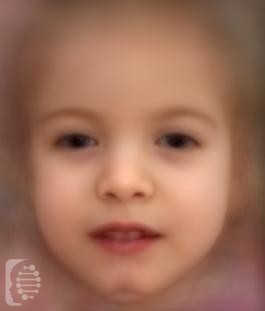What is Bainbridge-Ropers syndrome (BRPS)?
Bainbridge-Ropers syndrome is a rare genetic developmental disorder first identified in 2013.
It is a rare condition and in 2018 there were just 200 diagnosed cases worldwide.
The syndrome presents with intellectual disability and developmental delay, affecting almost all areas of development in an affected individual.
What gene change causes Brainbridge-Ropers syndrome (BRPS)?
Mutations to the ASXL3 gene are responsible for causing the syndrome. The majority of cases are the result of de novo mutations and the research to date does not suggest that the condition is inherited.
In some cases, a genetic syndrome may be the result of a de-novo mutation and the first case in a family. In this case, this is a new gene mutation which occurs during the reproductive process.
What are the main symptoms of Brainbridge-Ropers syndrome (BPRS)?
Symptoms may vary between individuals but the main features of the syndrome include intellectual disability, developmental delay including gross motor delay, and restricted mobility development.
Around half of the children diagnosed with the condition are also diagnosed as autistic or with autistic traits. Many individuals will develop anywhere from very little to no speech.
Seizures, frequent infections, and sleep issues are also common symptoms although their exact time, severity and frequency will vary amongst individuals.
Unique facial features of the condition include a squint in the eyes which is usually diagnosed and corrected in infancy, widely-spaced eyes, downward-slanting eyes, and thin eyebrows. A high-arched palate, overbite, and small jaw are also common. As are a small nose, high forehead, and low-set ears.
How is diagnosed?
To find out if someone has a diagnosis of Brainbridge-Roper syndrome it is important to have a consultation and evaluation with a clinical genetic specialist. Specialists may also suggest specific genetic testing or other types of tests to help reach a diagnosis. FDNA’s AI technology can help speed up the diagnostic process by analyzing facial features and other health information.


